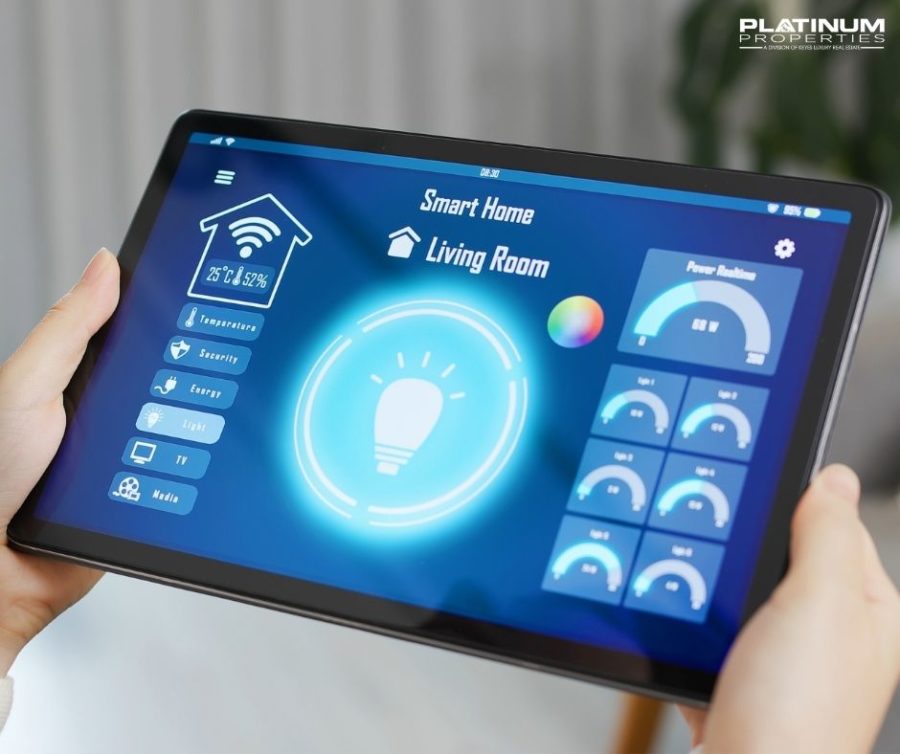It seems like almost anything can be automated these days – and I mean anything!
A smart home allows homeowners to remotely take control of the many aspects of their house, like appliances, home security, thermostats, lighting and more. Smart homes can also provide insights into energy use that can help you become more energy efficient and mindful of ecological factors.
But setting up your smart home can sometimes be a bit intimidating. So here are a few quick tips on setting up your smart home as a beginner!
Pick An Ecosystem
The only way to choose the correct ecosystem is to choose what works for you! The three main ecosystems are Google Nest, Amazon Alexa, and Apple HomeKit. If your home is filled with iPhones and iPads, then you’d probably want to stick with Apple. But if you have an Android phone, you may prefer Google’s Nest platform. Many third-party apps can work on but it’s best to stick to one for uniformity.
Wi-Fi Speed & Router
It is so important to have proper Wi-Fi speed in your home to handle not just your smart devices, but all the other digital activity going on at the same time – TVs, computers, etc. You also need to make sure that you have a good wireless router – ideally one that can reach all corners of your home so that the signal is strong throughout.
Location & Naming
For any smart-home device, it’s important to find a suitable spot that will most likely need to be near a power outlet and receive a good Wi-Fi signal. Never physically install anything like a security camera or wall thermostat without testing the device in that spot first. You also may be tempted to have fun with naming your devices but be careful what you choose. Not only will you ultimately end up confusing yourself in the initial fun, but the simpler names like “Kitchen Lights” and “Bob’s Office” will be easier for the smart device to pick up audibly.
Automation & Routine
In most ecosystems you can group rooms and zones that will give you greater control and flexibility for voice commands and for setting up automation or routines. Setting automated routines for your devices is one of the greatest advantages of a smart home. Automating your home’s thermostat, irrigation, vacuum, and home security can help protect your home, your pockets, and your peace of mind.
Security
Remember that smart-home devices might have microphones and cameras inside them, which can have implications for your privacy. There’s always a risk for security breaches, which can expose personal information or recordings stored in the cloud. It’s a good idea to research on smart-home device manufacturers to see if they’ve been a part of any recent hacks or issues. Also be sure to talk to your local network professional about securing your Wi-Fi networks and other digital devices.
I don’t think there’s much in your home that can’t be automated. From smoke and carbon monoxide detectors to dishwashers, refrigerators, irrigation systems and more – a smart home could be the game changer for you.
Yes – it may take some time to research and set it up, but you will love how simple and easy it can make things for you at home once you get familiar with it. Contact me with any questions about what my clients are doing to make their homes “smarter!”


